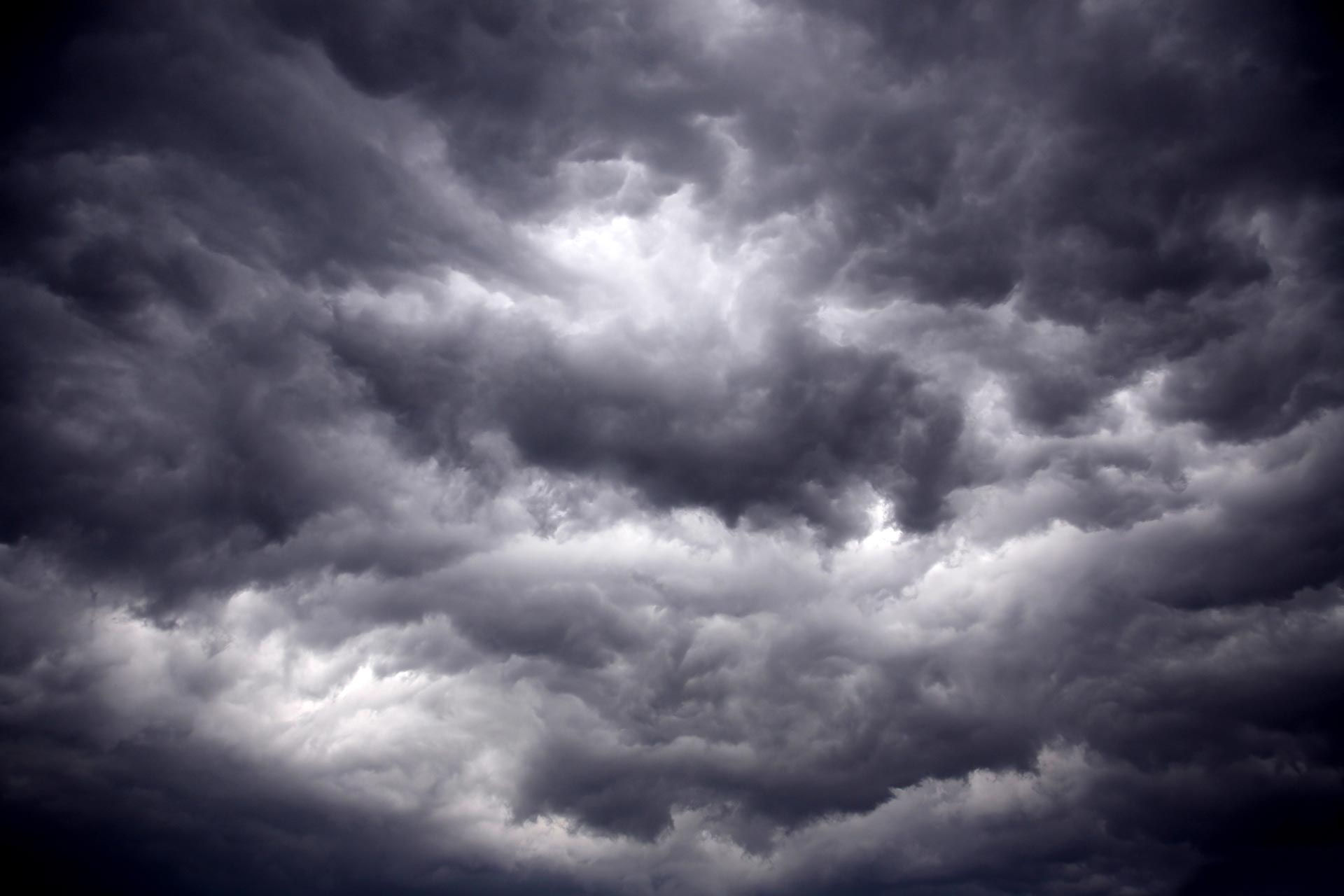STEVE'S "WILD" WORLD OF WEATHER...
- terryswails1
- Nov 13, 2019
- 4 min read

When I'm wondering about weather folklore and historical events this is the man I go to. With more than 50 years of statistical and observational research, he's the dude! When it comes to lunar cycles, woolly bear caterpillars, insects, bugs, and animals, he tracks them, records them, and establishes ties to weather patterns. He's a knowledgeable and interesting man. His name is Steve Gottschalk by way of Lowden, Iowa. I'm grateful to him for lending his unique perspective to the site. Steve's "wild" world of weather can be found every Wednesday right
here on TSwails.com
PIONEER DAYS AND THE LONG WINTER OF 1842-43
BY STEVE GOTTSCHALK
I have always had an interest in early American weather history when the pioneers were settling this area. The earliest weather records locally were kept by the Army Surgeon at Fort Armstrong (Rock Island, Illinois) beginning in 1820. A Professor Theodore Parvin from Muscatine, Iowa kept an accurate weather diary from 1839-1861.


The start of what was known as the Long Winter (1842-43) began on November 8-9, 1842 when an early winter storm deposited a foot of snow on parts of eastern Iowa and an incredible 18" on Fulton County, in west-central Illinois. In Lancaster, located in S.W. Wisconsin, the snow that fell in this storm was said by settlers to have remained on the ground for 6 months.
A Captain, S.W. McMasters who lived along the Mississippi River in the Quad City area, stated that shortly after the storm a strong cold front swept through the area around the 14th of the month, It froze up the river in 36 hours time from Galena all the way to St. Louis. Many steamboats loaded with critical supplies were caught on the river and stranded until spring
.
A second Cold Wave swept through the area on the 28th-30th. The thermometer was down between around -15 to -20 degrees on the morning of November 29th.
You can see why they called it the "long winter".
NO SOCIAL MEDIA.:
Back in the earlier times, the settlers didn't have the N.W.S., TV's, or smartphones to get the latest weather forecasts. They either used weather folklore or they had a copy of the Old Farmer's Almanac with them when they moved out west. About this time in November of 1869, (Nov. 13th-19th.) the almanac forecast was simply stated - "Cold Winds Prevail".
In 1894, for the same period, it said - "The cold increases with chances of rain". That's not much to go on but I guess it's a bit better than nothing.

The Birds Are Nature's Living Barometers:
This is the time of year when you should watch your bird feeders to see what the birds are doing. They usually feed more just before the onset of a storm. The heavier the storm, the more they will feed. Their hollow, lightweight bones react to even slight changes in the barometric pressure. Unbeknownst to them and many of us, they are nature's barometers.

NOVEMBER'S GETTING WINDIER:
I did some research on the number of windy days during November, that is days on which the wind gusted to 25 mph or higher. From 1970 to 1999 we averaged 15.6 days windy days during the month and from 2000 to 2018, the average jumped to 17.2 days.
That's all for now, on the "WILD" side of weather, I'm Steve Gottschalk.
TODAY'S SNOW SYSTEM:
Also, the models are now in better agreement on the weak snow system that will pass across the north this afternoon and evening. As expected, moisture and forcing are limited and the total QPF has gone down, especially on the GFS which was the most bullish, a known bias of the model. It now looks like the EURO was on it's game so no big surprises as to what I was expecting yesterday. Most accumulations worth a dang will be north of line that runs from north of Waterloo to near Madison, Wisconsin where 1 to perhaps 2" of snow could fall. From there down to HWY 30 a dusting is possible. Another issue to watch out for is the possibility of pockets of freezing drizzle which could put a slight glaze on roads in spots north of I-80. Here are the latest snowfall forecasts from the GFS and EURO.

The EURO

After this thing moves out a slow warming trend arrives for the weekend. We'll still be below normal but far better than we've been the past few days. It looks quiet too. Roll weather...TS
PLEASE CONSIDER THE VALUE...
I hope you are aware of how far ahead of the competition TSwails has been in catching the trends of our early winter weather pattern. It takes a heck of a lot of commitment, passion, and knowledge to do that. This is now my job and that's why I'm asking for a voluntary subscription fee of $12 dollars a year, one dollar a month to keep TSwails going. Together we can create one of the best, most unique, and reliable weather sites in the Midwest. Your contribution of 3 cents a day, allows me to stay free of the corporate world and pour my energy into doing what I do best, forecasting the weather! We hope you see the value and hard work that goes into the site everyday. You support in any way is sincerely appreciated. Thanks and roll weather. To donate click on the secure green box below.














Comments